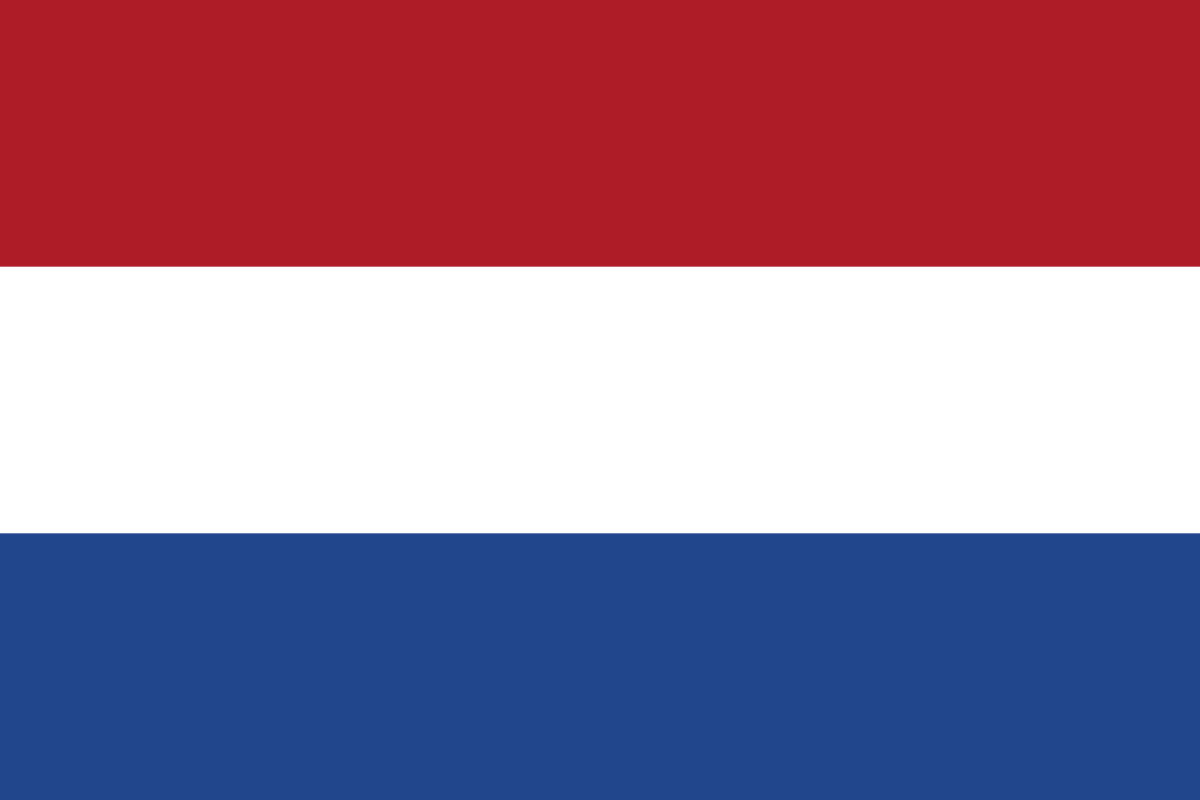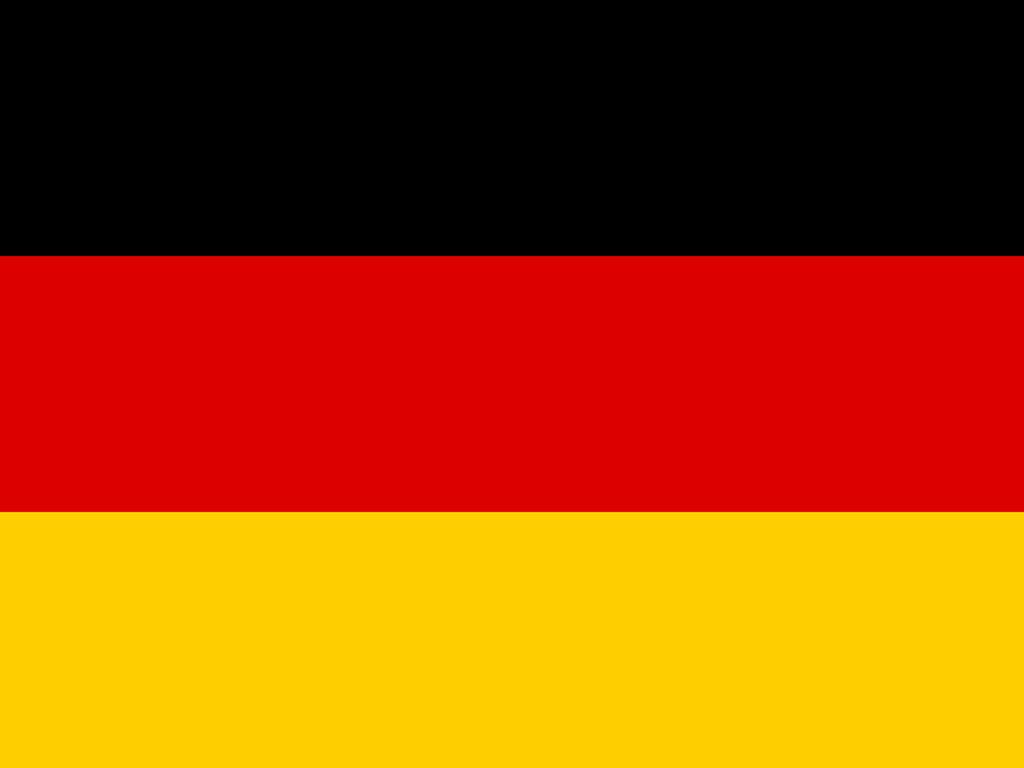Fully Qualified Domain Name – All You Need To Know About
A domain name is a string of characters that is used to identify the domain of the network or Internet Protocol (IP). It consists of TLD and SLD. The first level of the domain is called the Top-level domain (TLD). This level includes generic Top-Level Domain (gTLD) and country-code Top-Level Domain (ccTLD). Some examples of Generic top-level domains are .com (as in commercial), .net, .org as in organization, .edu as in education, etc. Different organizations use different extensions based on the services that are provided by the organization. The second-level domain is known as the unique identifier. This domain is found before the Top-level domain.
Parts Of The URL
Consider the below URL as an example:
Where-
- Protocol– HTTP
- Sub- Domain Name: blog
- Top-Level Domain: org
- Second-Level Domain: gov
- Third-Level Domain: uk
Top-Level Domain
The top-Level Domain comes right after the Second-Level Domain. They are called extensions. This specifies the entity of the organization. The Top-Level Domain can be classified into two categories, Generic Top-Level Domain and country-code Top-Level Domain (ccTLD).
Some of the most common extensions of Generic Top-Level Domains are .com, .net, .org, .co, .edu, etc. The most common extension that is in use is .com. Country code Top-Level Domain (ccTLD) specifies the geographical locations. This consists of two letters at the end of the URL. For example, .ru means Russia, .de means Germany, .nl means the Netherlands, and .br means Brazil. Likewise, every country in the world has a unique country code Top-Level Domain.
Second-Level Domain
The second-Level Domain is used to identify the website. Every website has a unique second-level domain. The second-level domain plays a vital role in identifying the ideal website the user is looking for. The second-level domain plays a prominent role in the mail address which is created for the employers within the organization. The Internet Assigned Numbers Authority (IANA) has reserved three domain names that are kept only for the use of the second-level domain.
Subdomain
Subdomains are the third level in the hierarchy of the domain. The most common Subdomain is www. Subdomains are found right after the protocol. Other examples include map.google.com and blog.example.com
Protocol
Protocols are of two types namely Hypertext Transfer Protocol (HTTP) and Hypertext Transfer Protocol Secure (HTTPS). Nowadays there are very few legitimate websites using Hypertext Transfer Protocol. HTTPS provides security for all the websites during transactions or when user details are entered.
Fully Qualified Domain Name
An absolute domain name is also known as the Fully Qualified Domain Name (FQDN). Domain names are put forth by the guidelines and procedures of the Domain Name System (DNS). The label can be of length between 1 octet to 63 octets. The entire domain name is restricted to 255 octets including full stops. An FQDN includes all the levels of the domain. Technically, all the individual parts of a Fully Qualified Domain Name are subdomains. The need for an FQDN first arose out of a requirement for uniformity as the internet was growing in size in a rapid manner.
If the domain name system ends with a dot, it is said to be complete and is a fully qualified domain name. Whereas, if there is no dot at the end of the URL, a suffix can be added to it. In this case, it will not be considered a Fully Qualified Domain Name.
The domain names that are not fully qualified are called Partially Qualified Domain Names(PQDN). PQDN is used for accessing the domain name conveniently. People tend to assume that FQDN and PQDN are the same but it is not true. PQDN includes only the hostname and the domain name. The top-level domains are not considered by them. PQDN can be termed as the root domain without the protocols portion or subdomain portions.
Ways To Look For A Fully Qualified Domain Name
The process of looking for a Fully Qualified Domain Name is very simple. It demands different steps for different operating systems. It is necessary for all the devices to possess a Fully Qualified Domain Name in order to perform effectively.
MAC OS
STEP-1: Open the terminal.
STEP-2: Enter the command “hostname -f” on the command prompt.
STEP-3: The terminal will return the Fully Qualified Domain Name of the device.
LINUX
STEP-1: Open the terminal in the respective device.
STEP-2: Enter the command “hostname -A” and click enter in the command prompt.
STEP-3: A Fully Qualified Domain Name will be returned.
Windows
STEP-1: Search for the “control panel” in the search box.
STEP-2: Select the system security option followed by systems.
Control panel -> system security -> systems -> FQDN
STEP-3: The name of the label will be listed.
Uses of Fully Qualified Domain Name (FQDN)
- SSL Certificate
These certificates are used to keep the data of a customer safe and secure during the process of the transaction. The SSL Certificates are installed on the server, to identify the location of the organization.
- Remote Host
In a case where the device is unable to connect to a remote device, a network, or a virtual machine (VM) using the IP address, a Fully Qualified Domain Name can be specified to carry out the function of establishing the connection between the two devices.
- Granting Access
The Fully Qualified Domain Name is used to grant access to a Particular Domain Service or Protocol. The DNS and FQDN go hand in hand. All the activity across networks involves the presence of DNS, so the FQDN also gets involved in this process.
Few Final Words
A Fully Qualified Domain Name (FQDN) contains the hostname, top-level domain, second-level domain, third-level domain, and subdomain if any. The procedure of acquiring an SSL Certificate and migrating from one server to another is significantly facilitated by an FQDN. A Fully Qualified Domain Name is capable of doing a vast range of features.






































